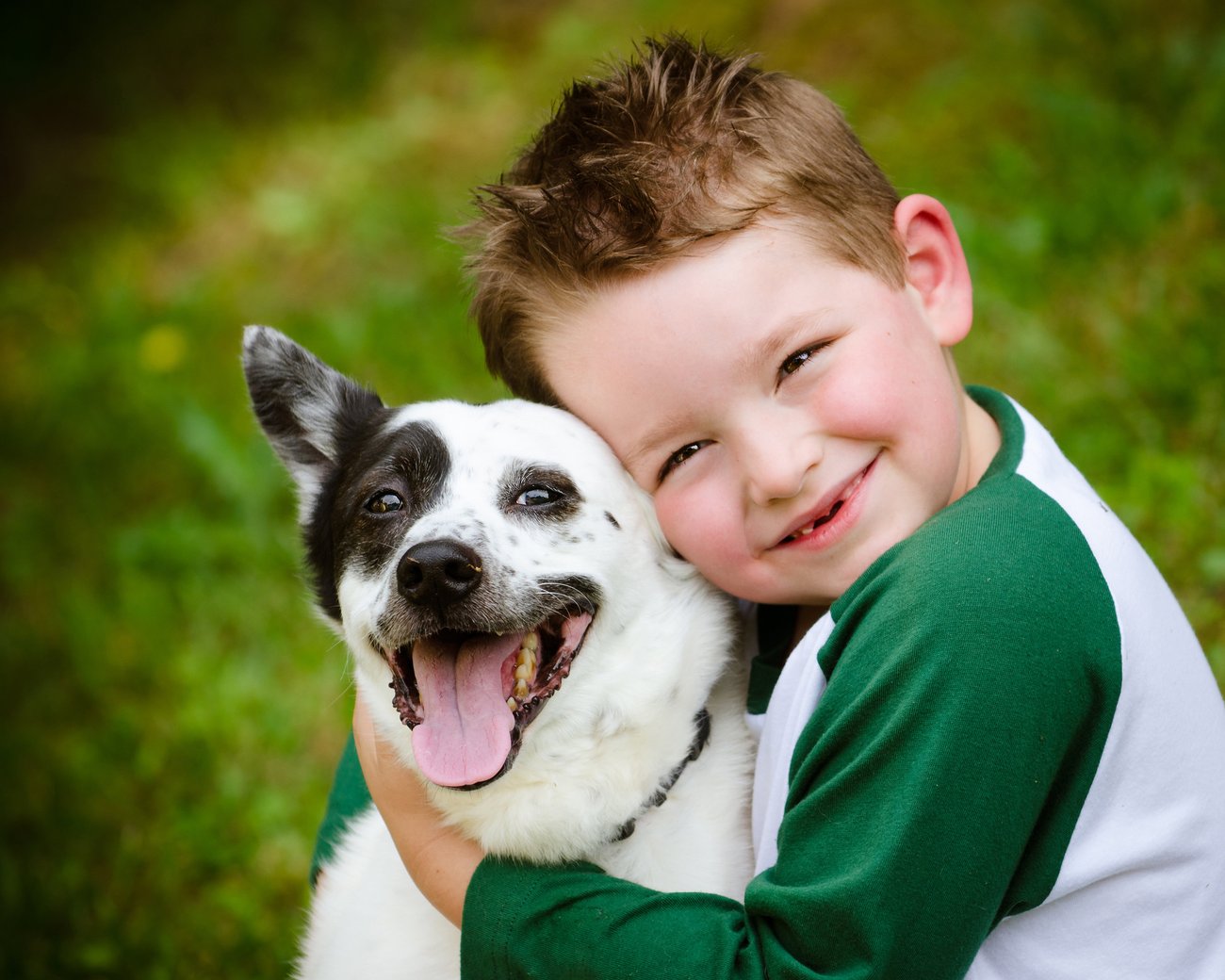
Technology is a beautiful thing, especially when it comes to helping reunite an owner with his pet gone missing. PEDIGREE®, with the help of Google and Colenso BBDO, has come up with an app to do just that.
Locating pets is potentially big business. Here’s why hitting the right app to locate lost pets can be a big deal. In the US alone, over 10 million pets are lost each year, and the recovery rate is pretty low — only one in 10, according to WIRED.
According to World Animal Protection, 29 percent of NZ homes have a pet dog (36 percent in Australia) and 28 percent of homes own a cat. Nearly 70 percent of Kiwi homes own a pet, a percentage said to be higher than any comparable country.
Kiwi dog owners can now use the PEDIGREE® app Found to send personalised photos of their missing dogs. The information will reach people within a 2.5 km radius, over a 24-hour period. The app replaces the hours of search required, and can replace the hardwork of putting up posters on lamp posts or letter boxes.
The PEDIGREE® app, is available for free. Owners need to preregister their dogs, by downloading the app (available on Google Play Store or the App store), and report a missing dog as soon as possible. A push notification is also used to send alerts to people who have opted in on the app. The ‘poster’ of the lost dog comes up as an ad on the phone of anyone who has subscribed to the app.
Neville Doyle, Digital Planning Director at Colenso told Idealog: “One of the exciting things about this project is that we have been working with Google to create a level of targeting within their Google Display Network that has never been used before – sending out bursts of display ads only to people within a 2.5km radius of your location goes against the natural role of the GDN which is to help brands achieve mass reach.
“On top of that, the fact that these ads go live within a second (with personalised content) is something that no brand has done before either. Previously, the time taken to push display advertising live was considerably longer than this, and for a usual campaign, that would not matter. With the Found app, we know that every second counts, so that speed coupled with the geo-targeting is what makes it so unique, and hopefully so useful/powerful for the consumer.”
Around the globe, different pet (mainly focused on dogs) location apps have been develop. One of the more eye-catching one comes from the University of Utah. Call Finding Rover, the app uses facial recognition technology for locating a lost pet. The technology was built by Dr Steven Callahan and Dr John Schreiner of the University of Utah’s software development centre.
The facial recognition app relies on segmenting the dog’s eyes and snout. Here’s what most of us don’t know: dogs have eight markers – far fewer than the 128 points on human facial recognition, according to the Daily Mail.
It is hard work trying to find technology that ‘recogises’ a dog’s face. Unlike humans – who generally have their eyes, noses and mouths in the same location — dogs have their eyes and snouts in different places, Daily Mail reported Dr Callahan saying.
Another app, PiP (Positive Identification of Pets) was built by Philip Rooyakkers after his own pet, a Yorkshire Terrier, went missing. PiPis facial recognition technology was developed by Dr Daesik Jang, who has spent 15 years researching and developing human facial recognition. Unfortunately, PiP has not said much about the science behind its image recognition technology.
Then there is another company, also called Pip (yes, they are challenged to find original names), which has come up with a GPS/cellular locator to find lost dogs.


